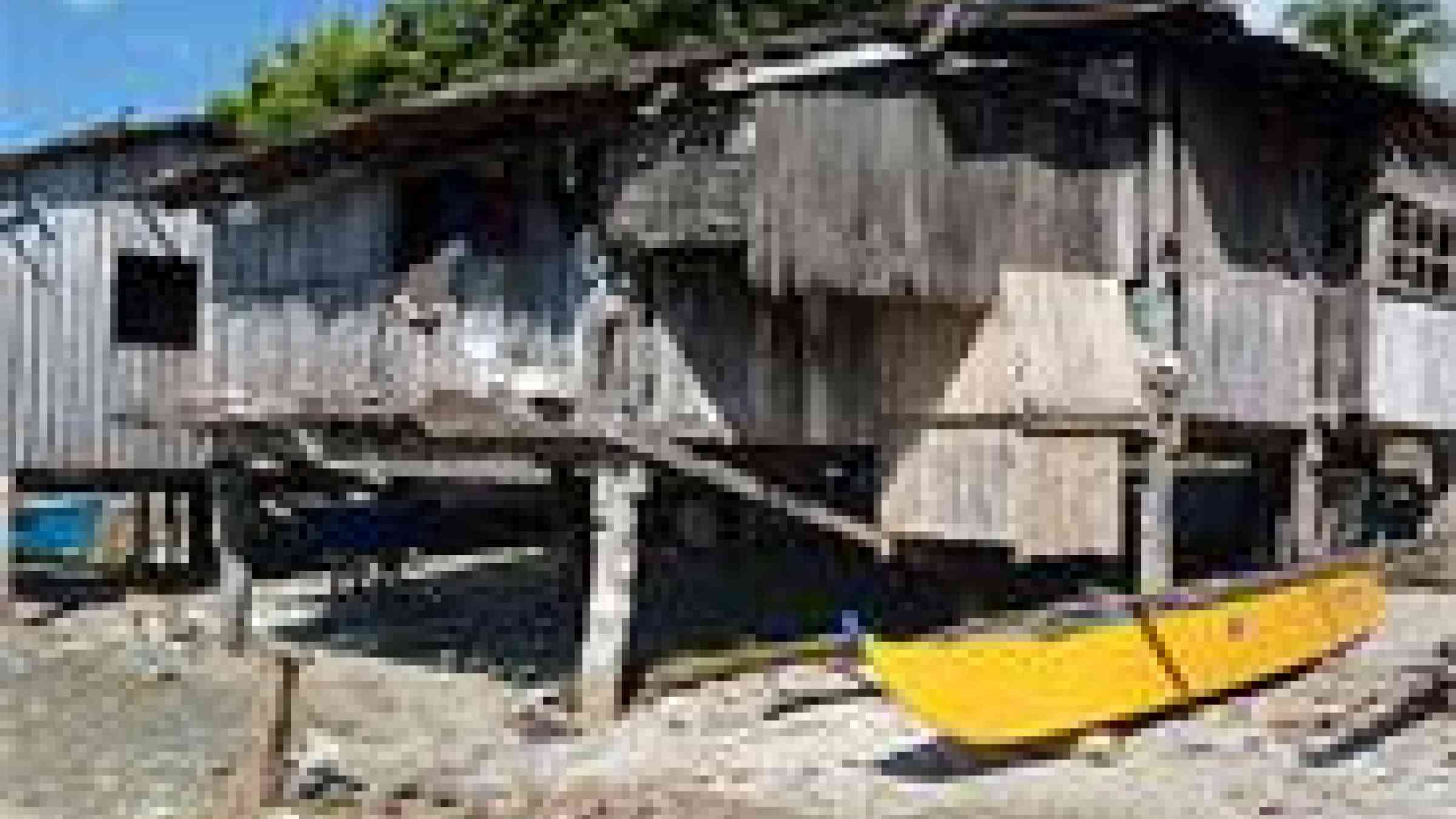Please help us improve PreventionWeb by taking this brief survey. Your input will allow us to better serve the needs of the DRR community.
DIPECHO: €35 million for disaster-preparedness programmes in 2012

Photo by © Sustainable sanitation CC BY 2.0 http://www.flickr.com/photos/gtzecosan/6719149303
Press release:
Millions of people from the most vulnerable and poorest communities in Central America, Central Asia and the Caucasus region, South-East Asia and Southern Africa will benefit from the European Commission's Disaster-Preparedness Programme (DIPECHO). This year € 35 million has been allocated to help those at risk from natural disasters.
"Building up the resilience of people who face the forces of nature is a central plank of our humanitarian aid policy", said Kristalina Georgieva, European Commissioner for International Cooperation, Humanitarian Aid and Crisis Response.
"Experience shows that simple measures for disaster-preparedness like early warning alerts, elevated homes or providing boats can make all the difference between saving and losing lives, homes and livelihoods. We see disaster risk reduction as an investment, not as a cost: in fact a euro spent on preparing for disasters saves €7 responding to them."
These new funds will go to the following regions particularly vulnerable to natural disasters: € 10 million to Central America (Costa Rica, El Salvador, Guatemala, Honduras, Nicaragua, Panama), €11 million to South East Asia (Cambodia, Indonesia, Lao PDR, the Philippines, East Timor and Vietnam, Burma/Myanmar and Thailand), €8 million to Central Asia (Kazakhstan, Kyrgyzstan, Tajikistan, Turkmenistan and Uzbekistan) and the Caucasus region (Armenia, Azerbaijan, Georgia) and € 6 million in Southern Africa (Madagascar, Mozambique, Malawi and Namibia).
The DIPECHO programme seeks to reduce the impact of natural disasters including floods, hurricanes, droughts, earthquakes, tidal waves/tsunamis, volcanic eruptions, forest fires and storms by strengthening the response capacity of local communities and national authorities. The projects include reinforcing infrastructure, training, awareness-raising, establishing or improving local early-warning systems and contingency-planning.
Background
The DIPECHO programme was created in 1996 and is now implemented in the Caribbean, Central America, South America, Central Asia, the Caucasus region, South Asia, South-East Asia, and in the Indian and Pacific Oceans. The main objective is to improve the response capacity and resilience of communities and public institutions in the zones at risk.
DIPECHO funding comes through a dedicated budget line that has grown over the years from € 8 million in 1998 to € 35 million in 2012.
An important pillar of the DIPECHO programme is the people-centred and community-based approach in disaster-prone regions of the world. This has proven to be extremely successful because in addition to their impact on disaster risk reduction they provide a partner base in often remote areas.
The DIPECHO programmes save lives, as was the case in San Antonio, El Salvador, last year, when tropical depression 12-E hit Central America. Unprecedented rains fell across the region. The community of San Antonio was able to organise an evacuation when conditions became life-threatening. 600 lives were saved, thanks to training provided by a DIPECHO project.
Explore further
Please note: Content is displayed as last posted by a PreventionWeb community member or editor. The views expressed therein are not necessarily those of UNDRR, PreventionWeb, or its sponsors. See our terms of use
Is this page useful?
Yes No Report an issue on this pageThank you. If you have 2 minutes, we would benefit from additional feedback (link opens in a new window).